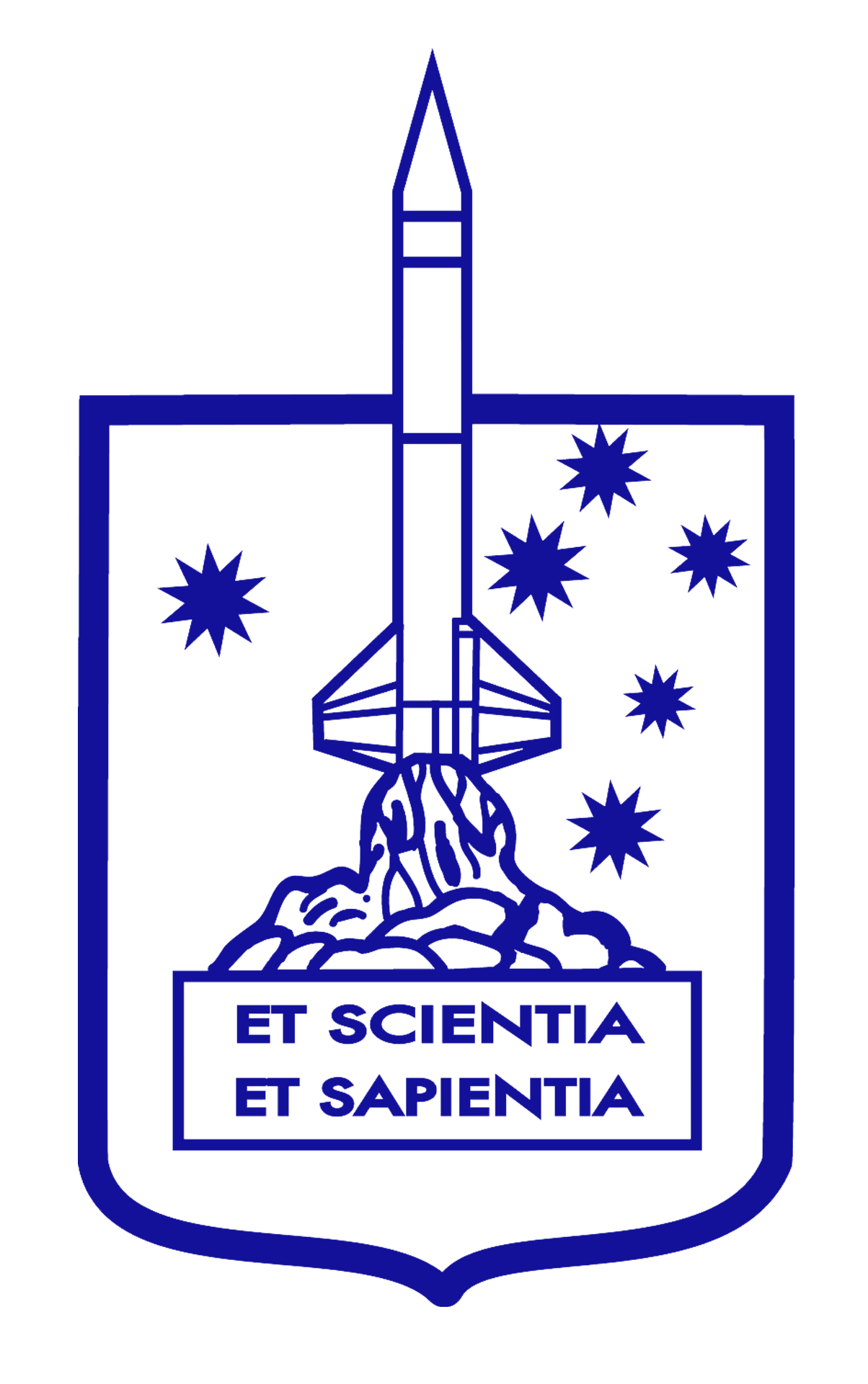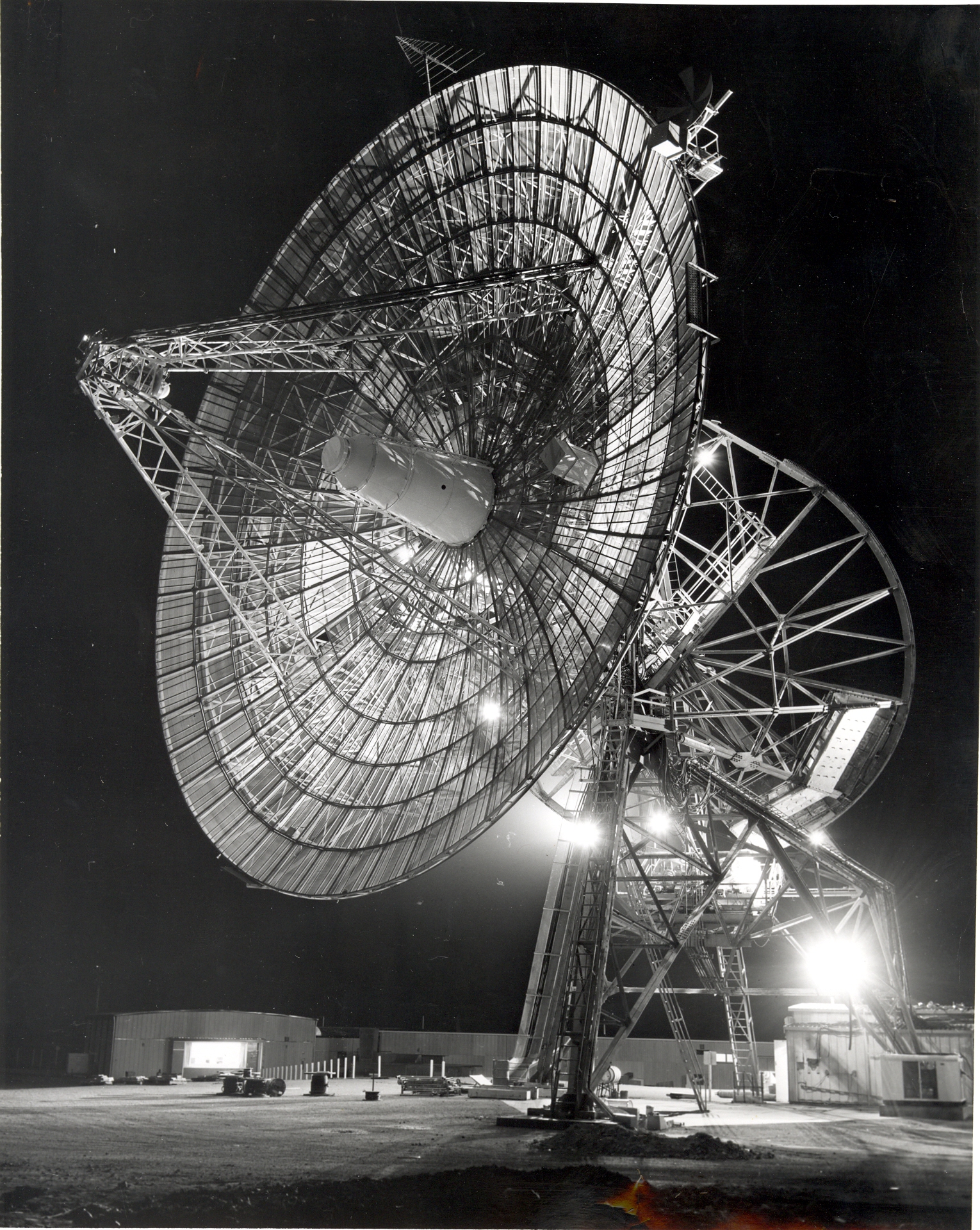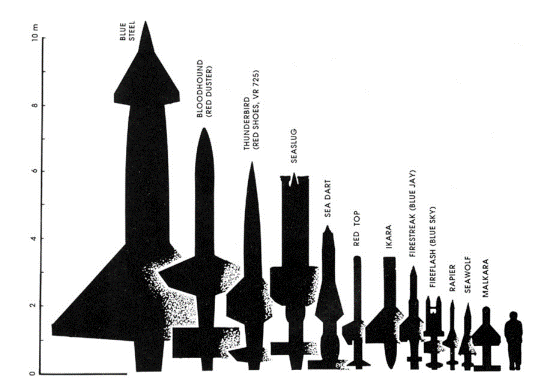About Us
About Woomera Area School
The current small school population supports each individual student to have their own learning plan allowing them to work with their teachers and the parents to define specific goals. Students and parents are actively engaged in their learning and developing their SMART goals.
In the early years we focus on Read Write Inc. to develop our students to be confident in reading and writing setting them up for success in all learning areas. We have a focus on STEAM and students from all year levels have the opportunity to work with 3D printers, a laser cutter and working in the kitchen garden. Our senior students have access to a variety of VET options to provide them with opportunities to start their career paths while still at school.
As Woomera is a Defence town it is very transient with the average Defence family staying for 2 or 3 years. This small community provides them with the opportunity to consolidate their learning in an engaging and supportive learning environment. The resources at the school are modern and extensive catering to all areas of the curriculum and needs of the students. These include a large gymnasium, large classrooms with interactive white boards, Science Laboratory, Home Economics facility and a Community Library. Surrounded by desert and some of the richest mineral deposits in the world, we are able to use these attributes in our learning.
Living in Woomera is a unique opportunity for families to experience life in the outback while still having access to quality education. As our cohorts are small and regularly change every few years, we have limited NAPLAN data which rarely relates to our current student cohort. Instead we are able to demonstrate the growth of each individual student through their individual data while at Woomera Area School. The connection with the school and our student’s families is strong and continues to develop providing opportunities for parents to be involved in school activities.
Enrolment
When your child can start preschool
Your child is entitled to access 4 terms (1 year) of government preschool in the year before they start school.
We are introducing a mid-year intake into preschool. This means from 2023 children who turn 4:
- before May 1st are eligible to start preschool at the beginning of the year.
- on May 1st to October 31st can start preschool at the mid-year intake; the beginning of term 3 of that year.
Regardless of whether your child starts at the beginning of the year, or through a mid-year intake they will undertake 4 terms of preschool.
If your child turns 4 after 31 October they can start preschool at the beginning of the following year.
If you are uncertain about the best time for your child to start preschool or feel your child may benefit from starting preschool later, please talk to us about your options.
If your child is Aboriginal or under guardianship (in care) they are eligible for 12 hours of preschool after they turn 3. They will then be eligible for 15 hours per week of preschool in the year before they start school.
Early entry
If you have a child with disability or additional needs, they might be able to start preschool earlier if there are places available. Talk to us if this applies to you. Being given early entry to preschool does not guarantee early entry to school.
Enrolling your child
You can register your interest to enrol your child with us by using the preschool registration of interest form. This form is also available from us. You can do this at any time during the year.
Starting school
Government schools have 1 intake per year for children starting primary school (the first year is known as reception) in term 1.
A child who turns 5 years of age before 1 May, can start primary school at the beginning of the year. A child who turns 5 years of age on or after 1 May, can start primary school the next school year.
A child must be enrolled at a school by their sixth birthday. It is recommended a child who will turn 6 years of age during the school year start school on the first day of term 1 of that school year.
From 2024, there will be two major intakes for children enrolling in primary school (reception)- intake 1 for children stating at the beginning of the year (term 1), and intake 2 for children starting mid-year (term 3).
History
Today’s Woomera Range Complex began as the Woomera Rocket Range in 1947. It was the key weapons testing facility for the Anglo-Australian Joint Project, which ran until 1980. From the 1950s, British and Australian missiles and other weapons were tested at Woomera. Among the best-known are the British Bloodhound, Thunderbird and SeaSlug missiles and Australia’s Malkara and Ikara missiles. The Jindivik remote-controlled target drone and many other Australian innovations were developed to support the missile testing programmes.
Space activities commenced at Woomera in 1957, in connection with the International Geophysical Year (1957-58), an 18-month period of global scientific research. Australian-managed American space tracking facilities were established. The British Skylark sub-orbital sounding rocket programme, and Australian sounding rocket projects (including Long Tom, HAD and Kookaburra) began. Britain’s Black Knight defence research sounding rocket was first launched in 1958, followed by other defence sounding rockets such as Jabiru and Falstaff.
In the 1960s, tracking stations at Red Lake and Island Lagoon supported NASA’s human spaceflight and deep space exploration programmes. Between 1964-70, the European Launcher Development Organisation (ELDO) conducted test launches for its Europa satellite launch vehicle, and on 29 November 1967, Australia launched its first satellite, WRESAT (Weapons Research Establishment Satellite). The name comes from the Weapons Research Establishment which managed the Woomera Range at the time. WRESAT made Australia one of the earliest countries to launch its own satellite. Britain’s Prospero satellite was launched from Woomera in 1971, as part of its Black Arrow rocket project.
The US-Australian Joint Defence Facility Nurrungar operated from 1970-1999 and played an important role in the Cold War. Its early warning and nuclear detonation detection roles helped safeguard against surprise attack or accidental nuclear conflict.
After the end of the Joint Project in 1980, Woomera was underused for the next two decades. However, in the 2000s it was revitalised and refurbished and has now returned to its original role as a weapons testing facility, under control of the RAAF. Renamed the Woomera Range Complex (WRC) in 2013, Woomera is now one of the world’s most advanced defence testing facilities.
Kerrie Dougherty OAM
The first shows the Australian-managed NASA tracking station at Island Lagoon, which tracked many early deep space exploration missions, including Mariner-2, the world’s first successful interplanetary probe, which provided important data about Venus.
The second image shows the launch of Australia’s first satellite WRESAT. The fully Australian-designed and built satellite was launched using a donated rocket from a defence research program at Woomera. WRESAT’s launch, in November 1967, made Australia one of the earliest nations to launch its own satellite.



